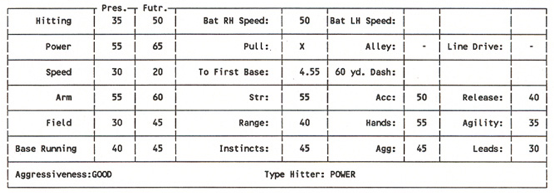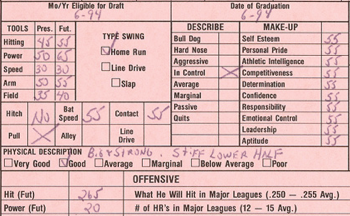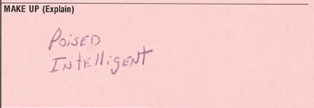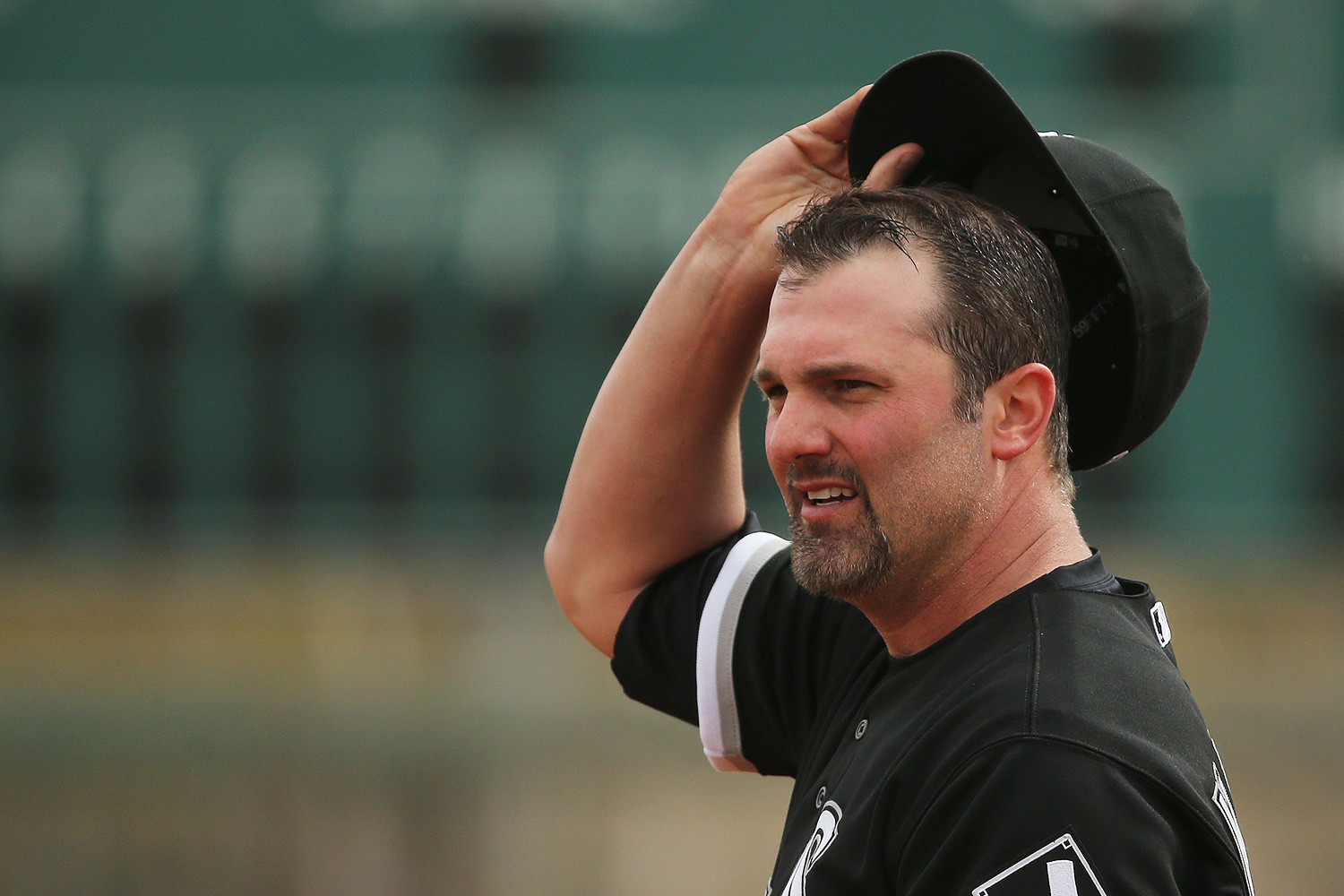One of my favorite sites anywhere is the Baseball Hall of Fame's archive of player scouting reports. They're little glimpses in time of a wide range of players, from superstars to middle-infield fodder, and fascinating attempts to communicate the wildly unpredictable futures of very young men, many mere high-schoolers, into decades of performance at the very highest level of their craft—in the clipped language of a telegraph and the limited data of a high-school transcript. The latter, a grading scale that's "mathematically sound" and "unwittingly ahead of its time."
And yet, they're often quite prescient. Take Paul Konerko, the 38-year-old White Sox near-lifer, who retires in a few days. In 1994 he was an 18-year-old from Paradise Valley, Arizona, a 6'3" 205 catcher. Konerko was highly regarded; the Dodgers would take him at the 13th pick in the first round in 1994, and he made the big leagues three years later.
Within five years, coinciding with his first season with the White Sox, Konerko began playing at a high level—and a level that looked a lot like that predicted from observations of him as a high schooler.
Here's the Sox's report on Konerko from 1994:

And the Brewers from the same year:

Last year, Carson Cistulli attempted to translate the scouting grades to a player's statistics. Konerko, over his career, hit .279 with an .354 on-base percentage and an average of 30 home runs per 162 games—which is close to what his grades would predict.
A hit tool of 55 lands in between a .257 average and a .282 average with an on-base percentage of .321-.344. So his batting average was right in line; his OBP was better than you'd expect, perhaps because Konerko raised his walk rate from eight percent in his first year with the Sox to 9.3-12.6 percent during his prime.
A power tool grade of 65, which both scouts gave him, lands in between 22 and 30 home runs and a slugging average of .465-.527. His career slugging? .487.
On the other hand, the scouts gave Konerko a fielding tool of 40-45; by Cistulli's reckoning, this translates to a defensive rating of -10 to zero, below average but not crushingly bad. Konerko came in at an average of -12. Not too bad, given that he was converted from a catcher and that defensive stats are a bit slippery anyway.
Then there are the descriptive notes, where scouts try to explain a player's mind and body in a handful of words. Again, they get Konerko pretty well. The Brewers:


A little bio detail, from the Sox:

(That would be Henry W. Konerko of Phelps Dodge Refining Corporation/Copper Products Company, recipient of a M.S. from Rensselaer Polytechnic Institute.)
The Orioles, in 1995: "leader type, runs the show."

And finally, because scouts are human beings too. The Sox, circa 1994:

I know of no sabermetric theory that has quantified the effects of Good Face, but I don't think anyone would argue with this scouting report either.



